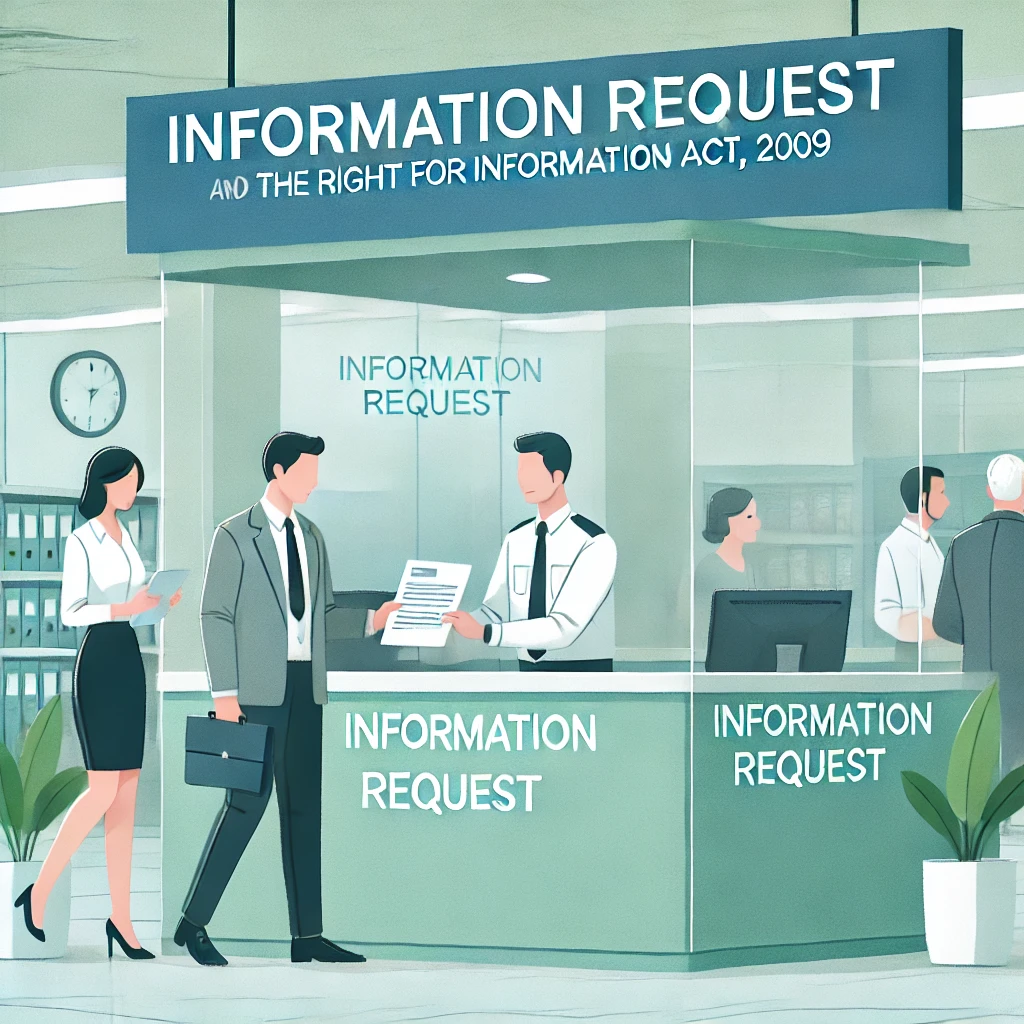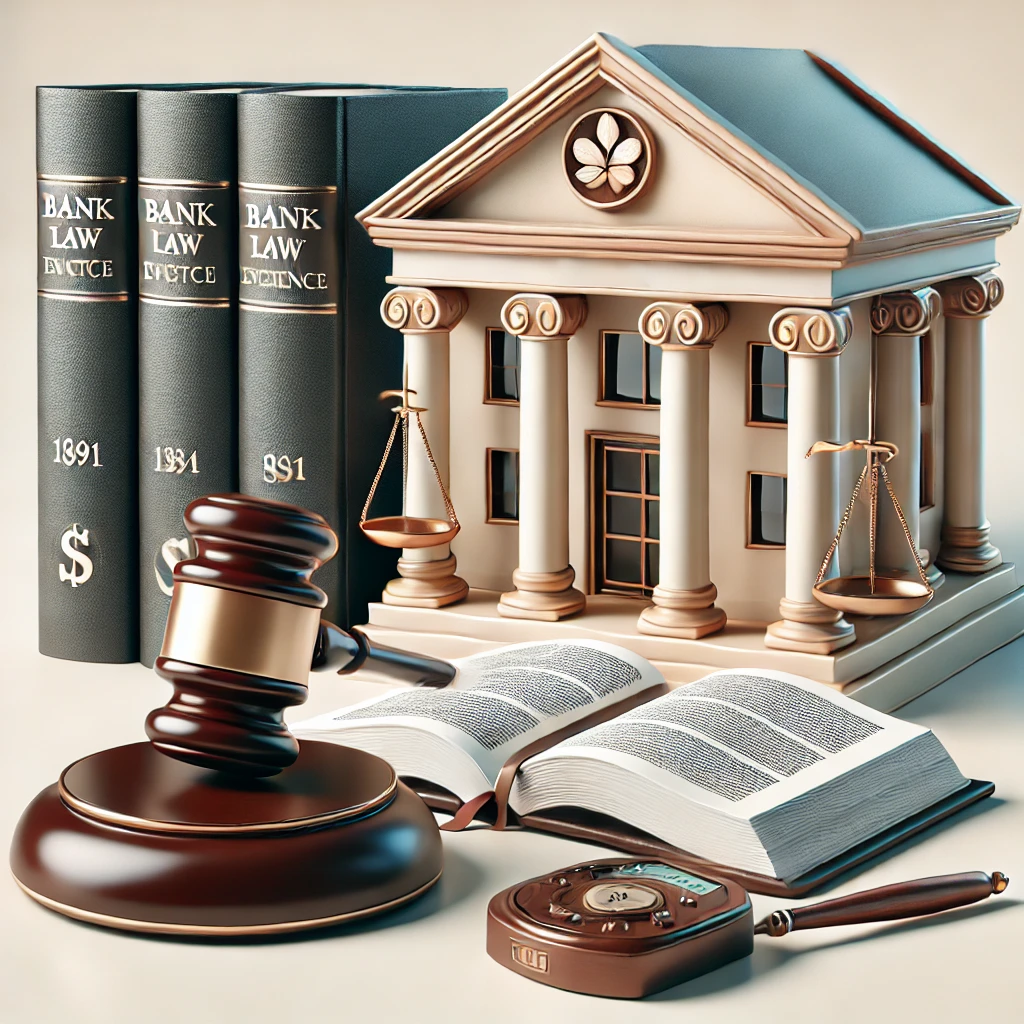Learn about Bangladesh’s Right to Information Act, 2009 — objectives, features, importance, and challenges in promoting transparency and citizen empowermen
Category: JAIBB
Digital Security Act, 2018
Explore the key features and objectives of the Digital Security Act, 2018 of Bangladesh. Learn about its role in ensuring cybersecurity and protecting digital rights.
Bankers’ Book Evidence Act, 1891
Learn about the Bankers’ Book Evidence Act, 1891, its objectives, key provisions, and importance in legal proceedings involving banks.
Partnership Act, 1932
Learn about the Partnership Act, 1932 – its definition, key provisions, essential elements, types of partnership, and legal implications. Perfect guide for entrepreneurs.
Stamp Act, 189
Stamp Act, 1899 – Overview The Stamp Act, 1899 is a key legislation in Bangladesh (originally enacted during British India) that governs the imposition and […]





